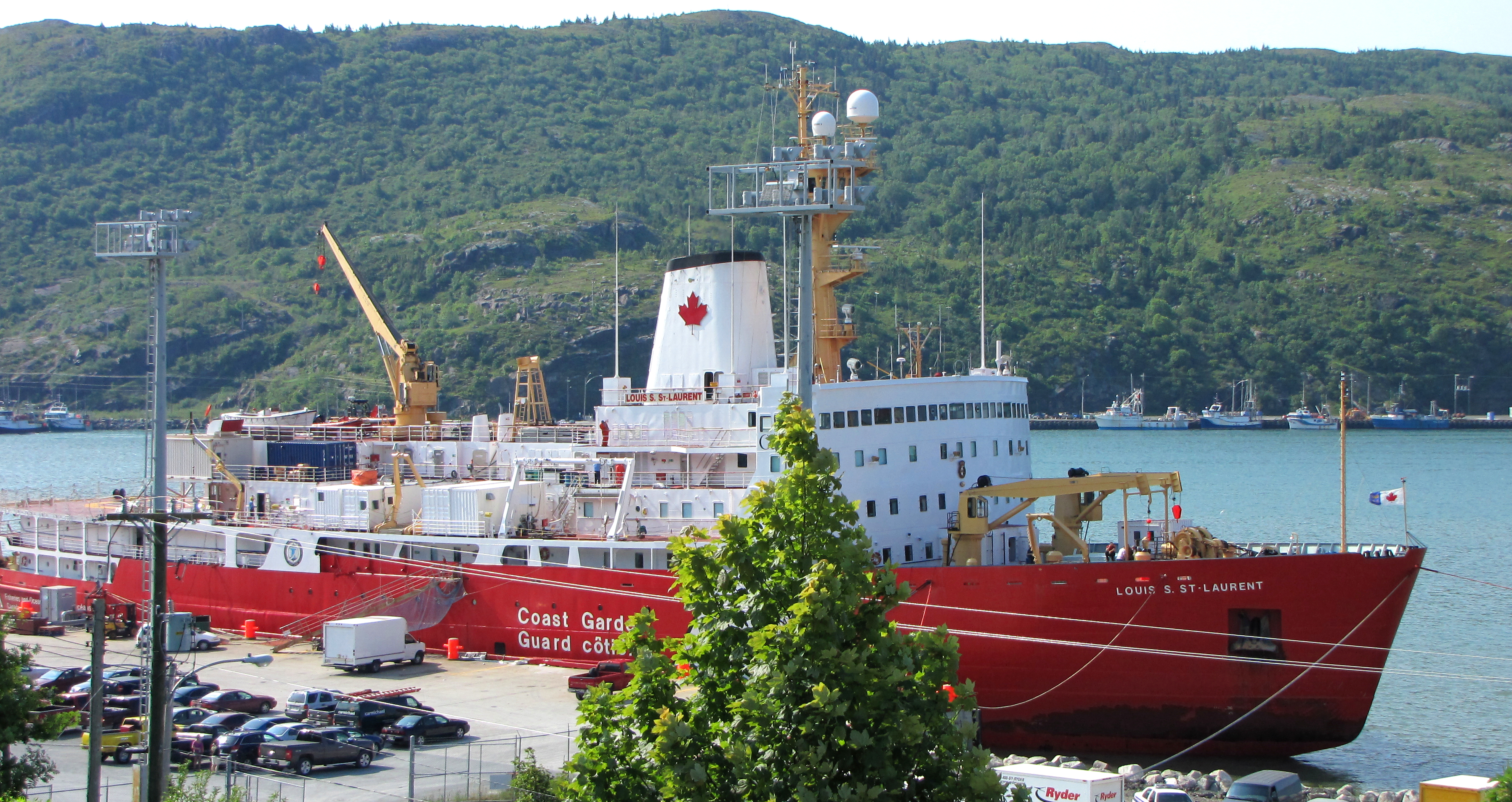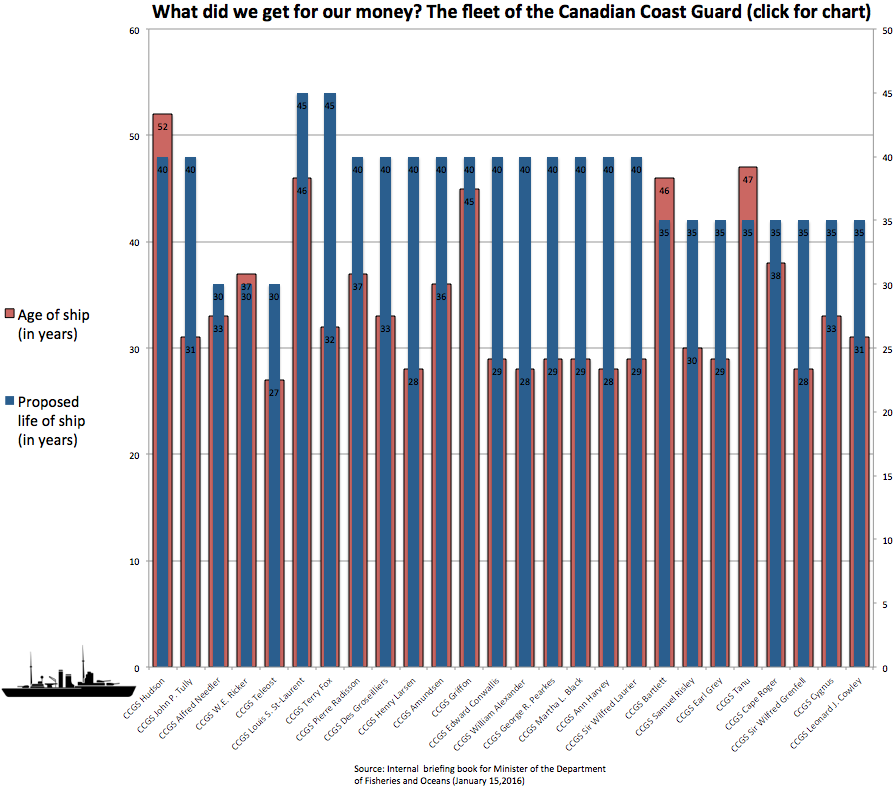
Canada’s border agency is fixing flaws in its investigative techniques while racking up sexual assault complaints.
According to data obtained through an access to information request, 13 complaints of sexual assault have been made against employees of the Canada Border Service agency since 2003.
Cases include accusations of border officers sexually assaulting travellers and detainees.
Three of the complaints state charges were laid against border employees.
Under reported crime
Sexual assault is an under reported crime with less than 10 per cent of cases being reported according to Maggie Forsythe, counselling program coordinator at the Fredericton Sexual Assault Centre.
Forsythe says she believes under reporting of sexual assaults can “be mapped to any situation” and she says it can be especially hard coming forward with accusations against a powerful figure.
Travellers can be put in a frightening position Forsythe says.
“That would be like being assaulted by a police officer. Someone who has what you would see is the outmost power over you” Forsythe says. “So who would you tell when those people are supposed to be the ones who are supposed to be protecting you?”
A number of reasons cause the under reporting issue Forsythe says, from the victim having difficulty identifying what’s happend to them to the amount of stigma attached to coming forward.
“There’s so many what we call rape myths that would hinder a person coming forward,” says Forsythe, adding these myths include blaming the victim for the attack.
“So if an employee is saying their colleague has been sexually assaulting them or sexually harassing them, people would often say, ‘Oh well you were flirting with them, you probably wanted them,’” says Forsythe
Four of the borders sexual assault complaints are between employees and recruits in the agency.
Sexual assault falls under employee misconduct. Misconduct cases are looked into by the agency.
But a recent internal audit revealed weaknesses in the border agency’s investigations.
Limited tools and formal training
The 2015 audit on professional standards found a number of problems with how the agency looks into employee misconduct cases.
According to the audit, limited tools and formal training were available for investigators and managers involved in misconduct investigations.
Misconduct allegations also went unreported to the proper authority.
The Security and Professional Standards Directorate wasn’t always informed about misconduct investigations despite the fact it had been a requirement since 2011.
Out of 78 complaints about border officers made in the span of one month in 2014, 14 cases are classified as undetermined.
Undetermined complaints include accusations of an officer assaulting a person, allegedly leaving deep scratch marks on their arm.
“Endured hours of detainment, hand-cuffed, strip-searched, horrific harassment by CBSA armed and loaded officers,” reads another undetermined complaint.
According to Senator Grant Mitchell, travellers with complaints may not see a resolution.
“There has been very very little recourse for people who feel they’ve been mistreated in someway, by the border service,” says Mitchell.
Mitchell served as deputy chair of the Standing Senate Committee on National Security and Defence. The committee looked into the need for oversight at Canadian borders.
Lack of Oversight
Senator Mitchell says border employees have zero oversight.
“When you can just take away somebody’s rights, incarcerate them, hold them, invade their privacy,” Mitchell says, “There is a potential for abuse.”
The committee recommended the government establish an oversight body and an independent, civilian review and complaints body for the border agency.
Mitchell says the oversight body would be proactive, ensuring appropriate compliance with legislation and policy and the review and complaints body would be there to support Canadians if an incident occurs at the border.
In June, the government introduced new legislation to create a joint oversight committee to monitor and oversee all government departments and agencies with national security responsibilities.
The Canadian Border Services Agency did not respond to interview requests
Watch the video below to learn more about the weaknesses in the border agency’s investigative techniques










